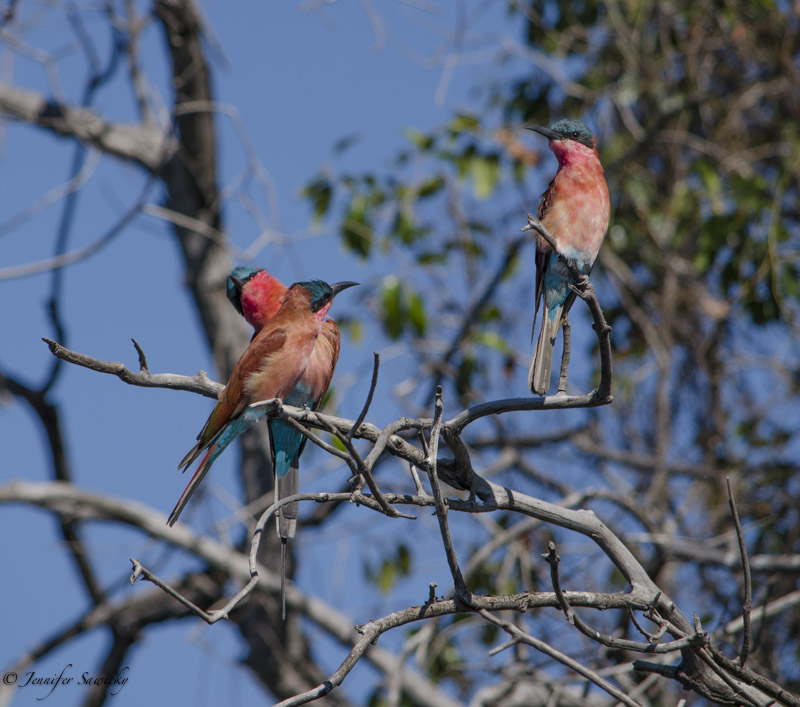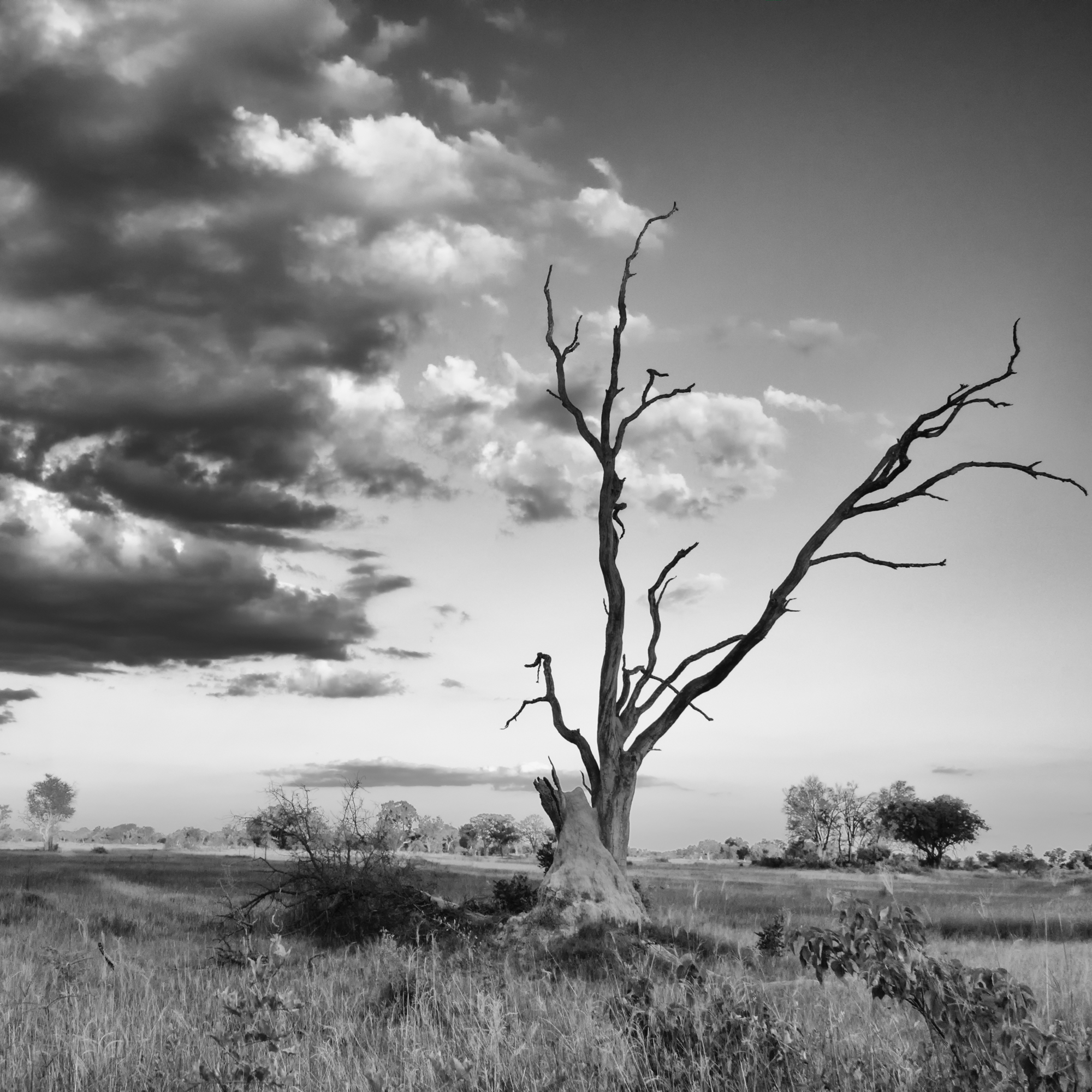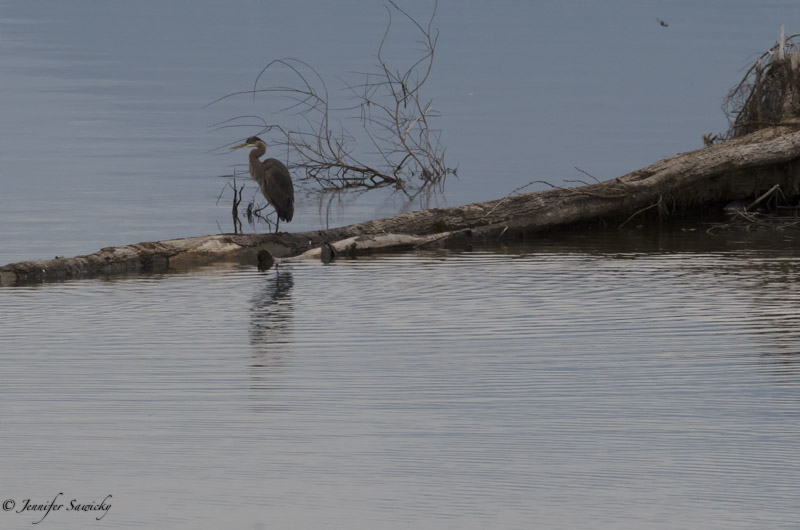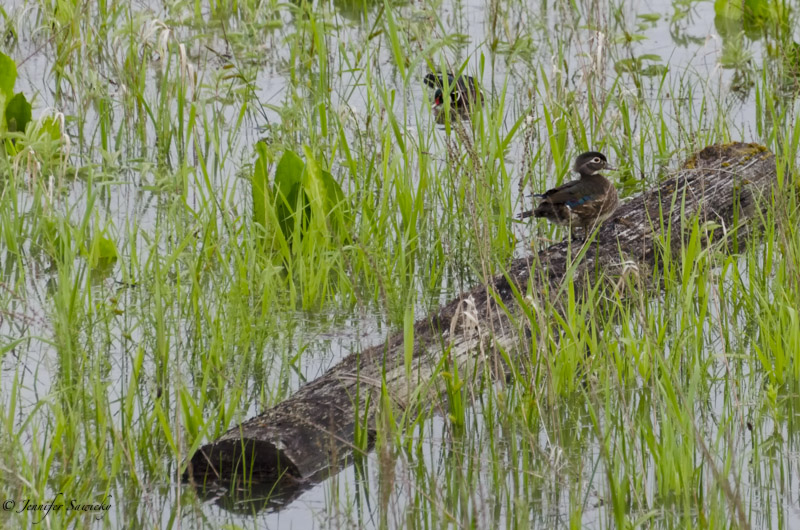
1/800sec, f5.3, ISO100

Showcasing the beauty of Mother Nature


I have been having a difficult time in the last few weeks to set aside the time to either edit photos or post anything. I’ve finally gone through photos from the last two weeks, and as usual, it’s all about birds. These wood ducks were a first for me – I’m sure I have seen them before, but I had never photographed them or identified them. When I was trying to determine what variety of duck these were, I learned that the wood duck was hunted to near extinction in the 19th century, but a hunting ban helped to rebuild their numbers.

The flicker has always been elusive for me when I have my camera in hand. On days when I am walking the dog near my office (camera safely stored at home), I often see one sitting atop a light pole, pecking at the top, making a lot of noise and drawing my attention, or see one pecking in the grasses growing along the dikes alongside the robins. When I have my camera though, I always seem to hear them only, as they call from distant trees, or watch them disappear as I am desperately trying to catch a single picture.
I finally had my chance, and was lucky enough to see a couple sitting in a tree along the dike… and they didn’t disappear the minute I focused my camera on them. As with the herons and the eagle (I still can’t believe I saw all of them in an hour one morning), I am really noticing the noise at high ISO on my camera, but unfortunately in BC, lots of dreary, grey sky days are the norm, and quick moving birds require the fast shutter speed.


